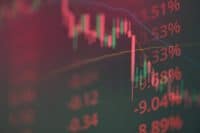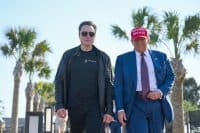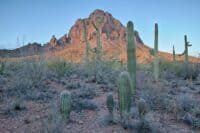
An election year raises interest for a lot of people in American presidents, past and present, and their place in the country’s history. And what could engrave a president more permanently (and literally) in U.S. history than having a 60-foot-high bust of your head carved in granite on a mountainside? Of course, we’re talking about Mount Rushmore, the nearly century-old monument in South Dakota to some of the most celebrated American presidents.
24/7 Wall St. Insights
- Mount Rushmore honors American presidents who represent different stages of the country’s growth.
- Some Americans are less familiar with Theodore Roosevelt. He was emblematic of the early 20th-century development of the country.
- Also: 2 Dividend Legends To Hold Forever
Why These Presidents, And Why Care?

Why were these particular presidents chosen for this honor? In particular, Theodore Roosevelt may not seem like an obvious choice to many modern Americans who are less familiar with him and his accomplishments. We’ve consulted the Mount Rushmore National Memorial and historical sources to get the story. Whether you’re a business person, a government decision-maker, or a regular person, the story of Mount Rushmore encourages us to consider who we select as heroes, how we celebrate them, and how other people might view them (or the way we honor them), quite differently.
Six Grandfathers
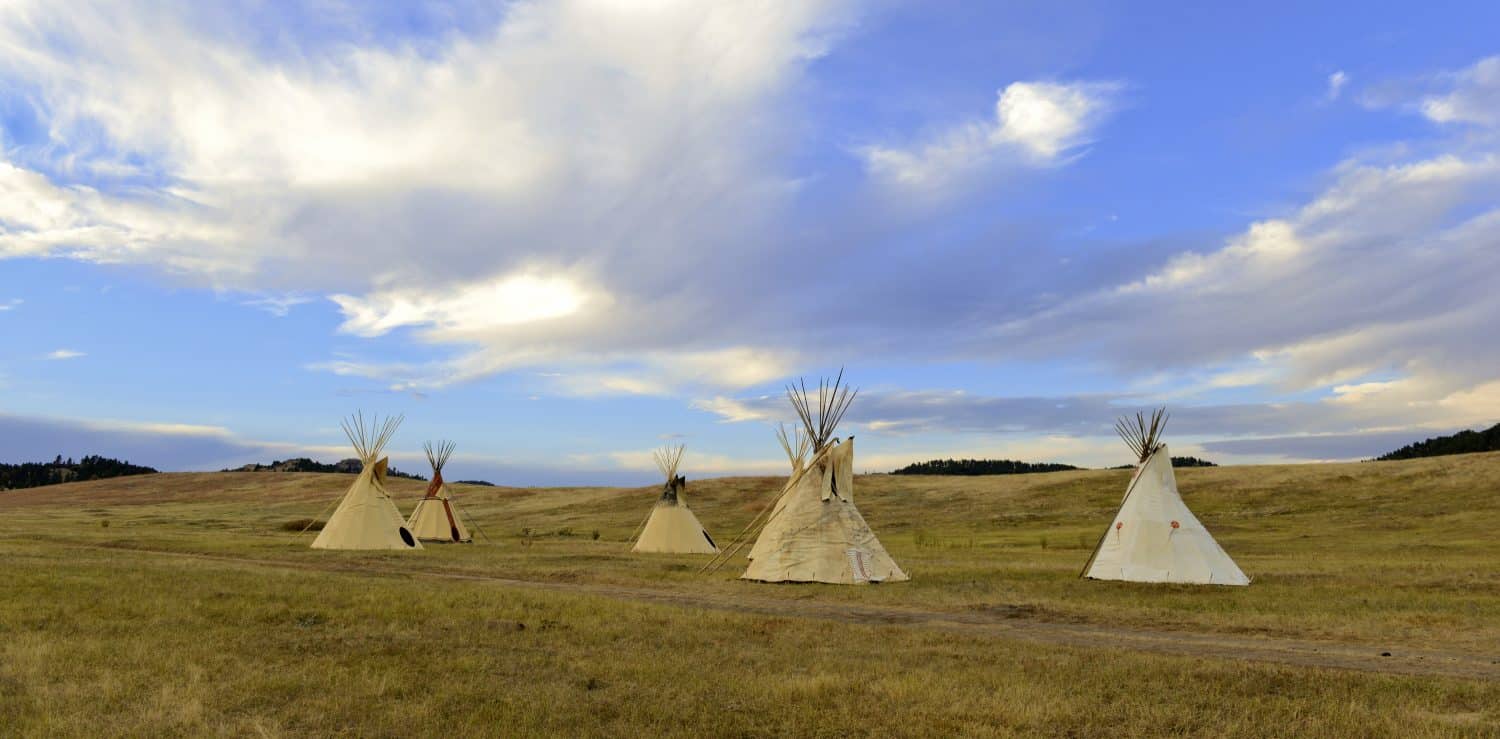
Mount Rushmore already was a monument for local Native Americans. It was called “Six Grandfathers” and was sacred to several Plains tribes. To them, the peak’s rocky outcroppings represented deified ancestors pointing in the four compass directions and toward the sky and the earth.
Gold In “Them Thar” Hills
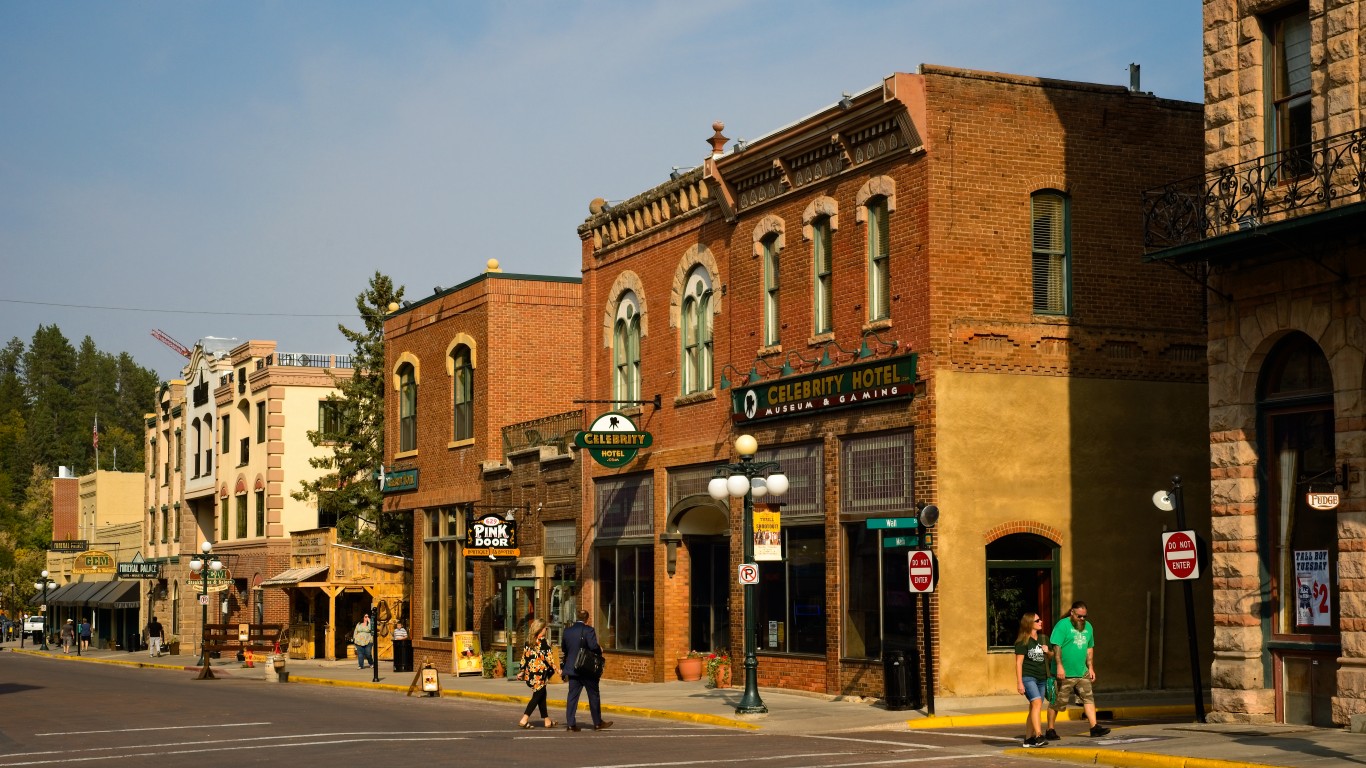
After gold was discovered in the Black Hills, the U.S. government seized the area and Six Grandfathers Mountain was renamed for Charles E. Rushmore, an attorney for a mining company that staked a claim in the area. About $50 million ounces of gold worth $125 billion at today’s prices was mined from the Black Hills. The U.S. Supreme Court ruled in 1980 that the Sioux should be compensated $102 million but the tribe has refused to accept it, demanding the return of the land instead.
Competing Visions
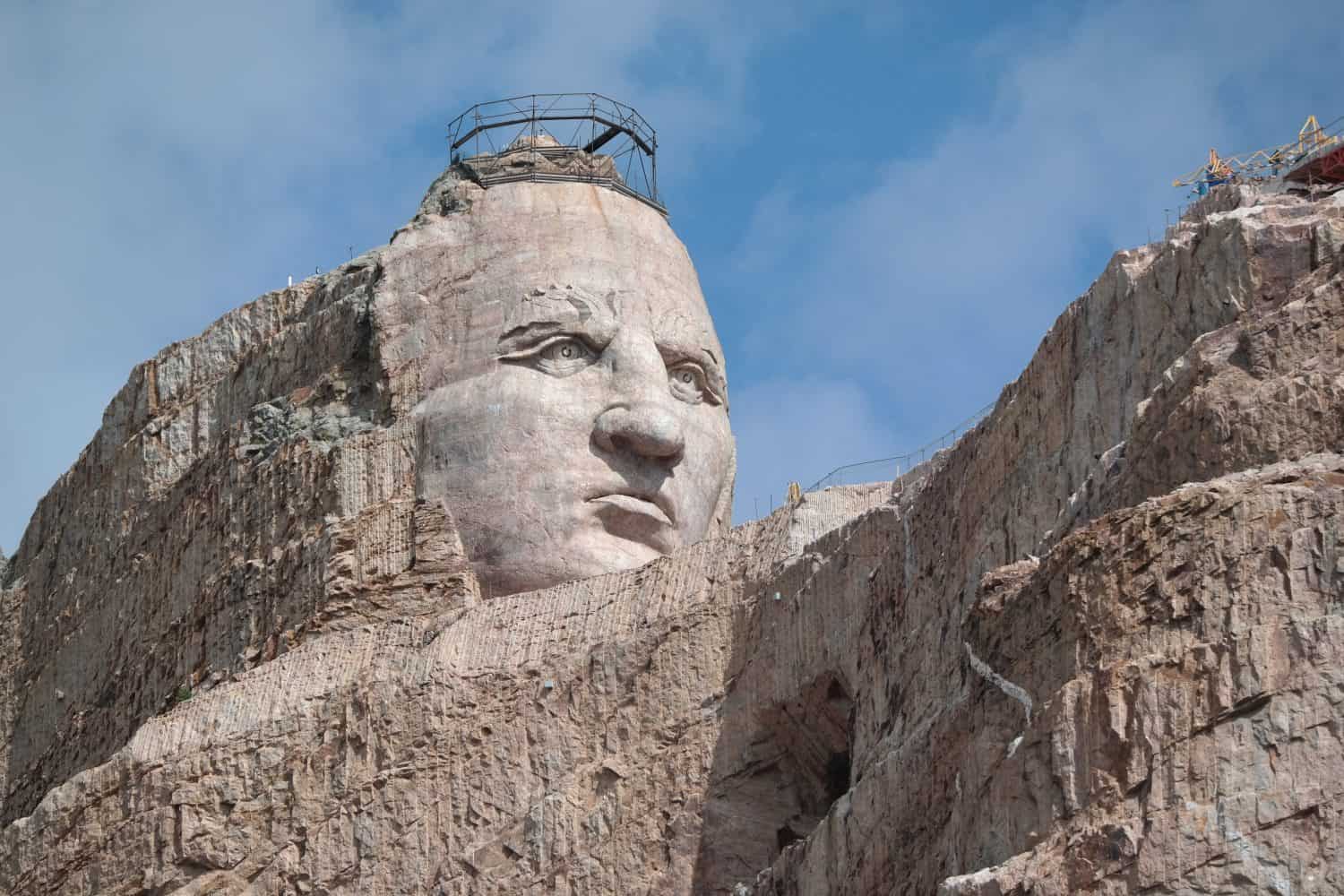
The original idea for creating a carving on the mountain was the brainchild of South Dakota historian Doane Robinson. He wanted to portray heroes of the West like Lewis and Clark, Sacagawea, Red Cloud, Buffalo Bill Cody, and Crazy Horse.
The project’s sculptor, Gutzon Borglum, was born just two years after the Civil War to Danish immigrant parents. Unfortunately, had connections with the KKK and shared some of their racist viewpoints. He shelved Robinson’s ideas and instead decided to honor four presidents who symbolized different stages in the country’s development.
Since 1947, a monument to Oglala chief Crazy Horse has been under construction at another mountain about 17 miles away. The face of the monument will be about 50% larger in scale than the Mount Rushmore faces.
Building the Monument

Borglum died before the work was completed but his son, Lincoln Borglum, carried it on with a crew of 400 workers. Construction took 14 years from 1927-1941 at a cost of nearly $1 million, secured through private donors and the federal government.
George Washington

George Washington, the first president, was a natural choice for the monument because he represented the birth of the United States. He has the most prominent place, viewed first on the left and protruding further out from the mountain than the other busts.
Thomas Jefferson
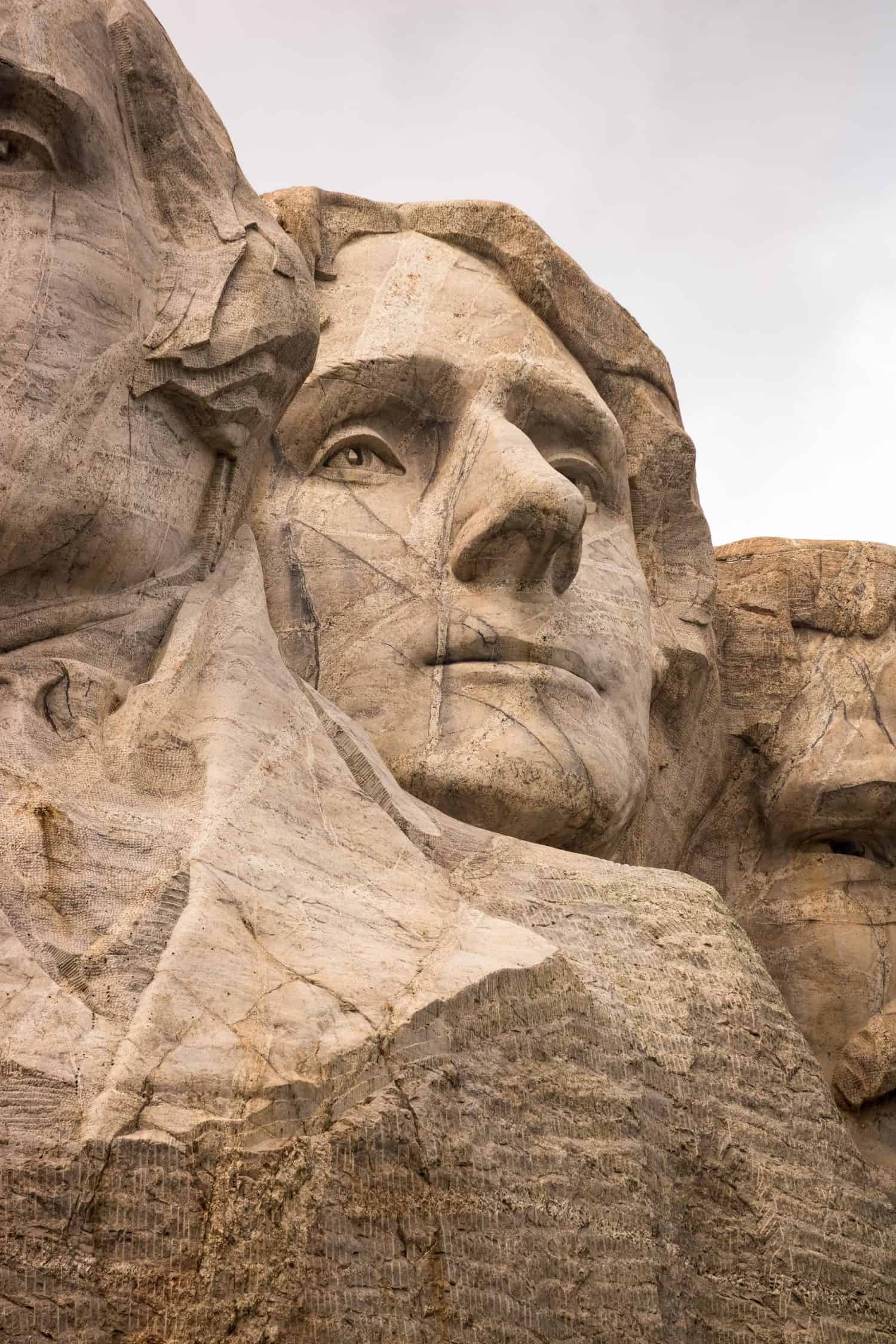
Like Washington, Thomas Jefferson was instrumental in the founding of the country, being the main author of the Declaration of Independence. However, he was also noteworthy for doubling the size of the country with the Louisiana Purchase. He represents the continental expansion of the country. His bust was initially constructed on the left of Washington but the rock was unstable there. That work was blasted away and the face was reconstructed to the right.
Theodore Roosevelt
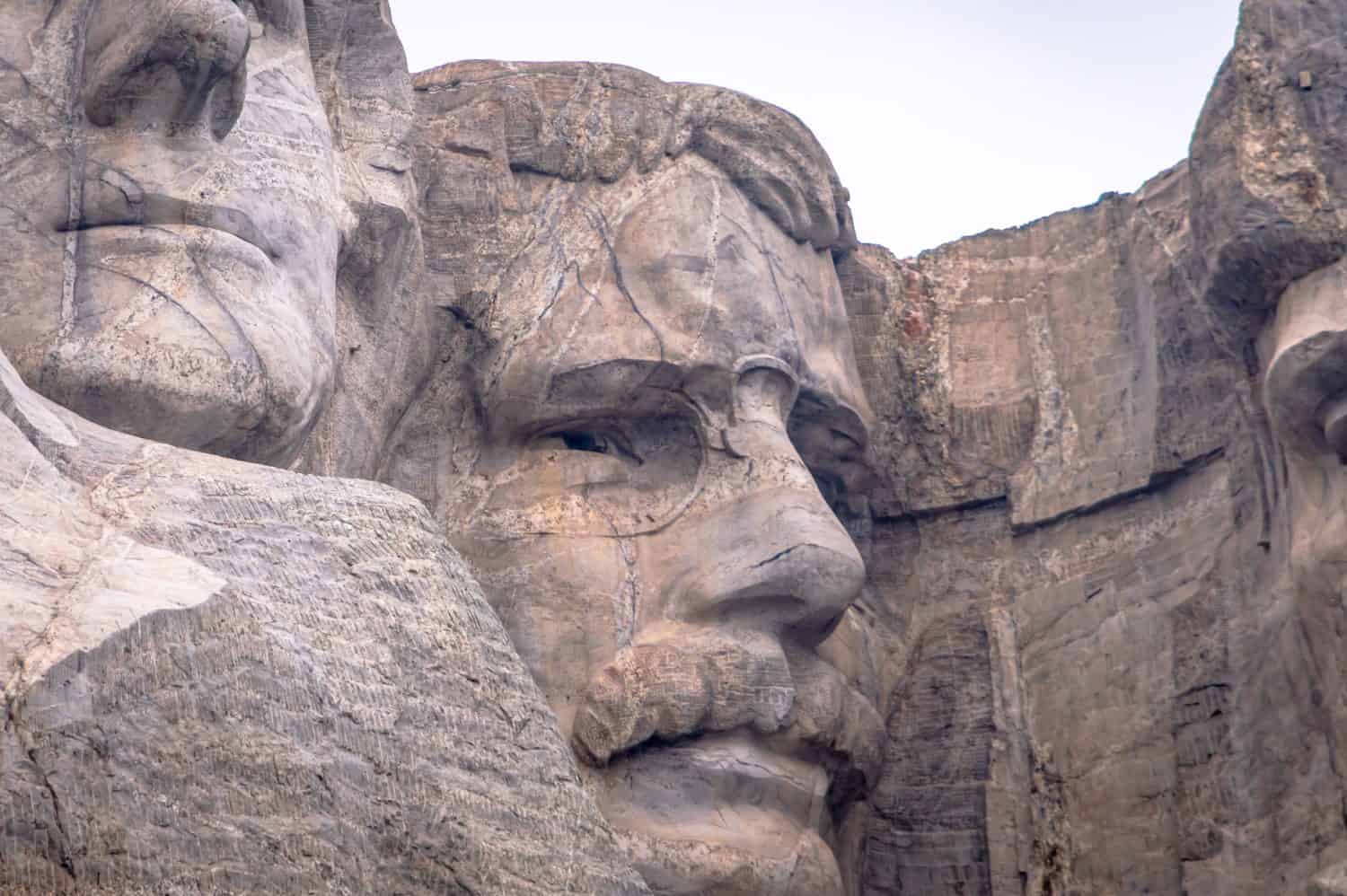
Theodore Roosevelt was president from 1901-1909 when Borglum was in his mid-30s. Under his presidency, the country was rapidly developing economically. Roosevelt was seen as a champion for common working people against monopolistic corporations. Roosevelt expanded the country’s military, intervened in Central American countries, and sent the “Great White Fleet” around the world to display American naval power. The Panama Canal was completed in 1904, creating faster travel by sea between the two coasts of the country. To the sculptor, Roosevelt was emblematic of a modern and powerful United States.
Abraham Lincoln
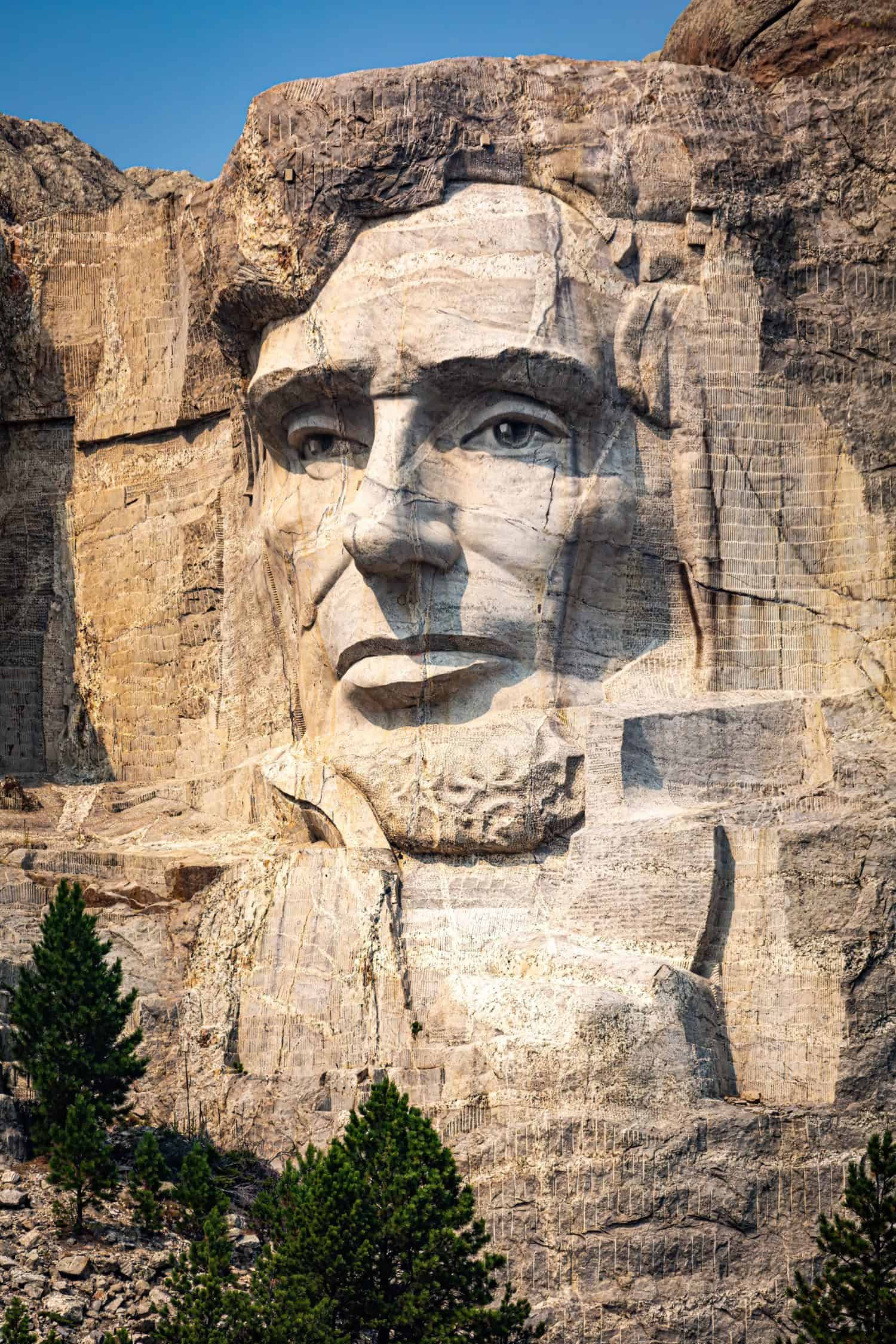
Abraham Lincoln was included, of course, because he managed to preserve the nation’s unity by providing leadership to defeat the Confederacy and end slavery. Lincoln has been celebrated in American history as one of our most effective presidents during the country’s darkest challenge.
Will There Be Any More Faces?

Today, Mount Rushmore receives about 2 million visitors a year. A common question is whether any more presidents’ faces will be added. In 1937 there was a proposal in Congress to add women’s suffragist Susan B. Anthony to the monument. John F. Kennedy and Ronald Reagan are other names that have been frequently suggested. Questioned about whether he would like to be depicted there, Barack Obama said it couldn’t be done because his ears stick out too much!
But in fact, it’s very unlikely any other faces could be added, as the rock is too unstable and blasting for new construction could damage the existing sculptures. But given the controversy over the monument, this is for the best. It is a product of its time, reflecting both the noble intentions and moral flaws of that era. We can find new ways to honor our more modern heroes that no doubt our descendants will also find reasons to celebrate and critique. And that’s how we learn from the past, while always striving to do better in the future.
Are You Ahead, or Behind on Retirement? (sponsor)
If you’re one of the over 4 Million Americans set to retire this year, you may want to pay attention.
Finding a financial advisor who puts your interest first can be the difference between a rich retirement and barely getting by, and today it’s easier than ever. SmartAsset’s free tool matches you with up to three fiduciary financial advisors that serve your area in minutes. Each advisor has been carefully vetted, and must act in your best interests. Start your search now.
Don’t waste another minute; get started right here and help your retirement dreams become a retirement reality.
Thank you for reading! Have some feedback for us?
Contact the 24/7 Wall St. editorial team.
